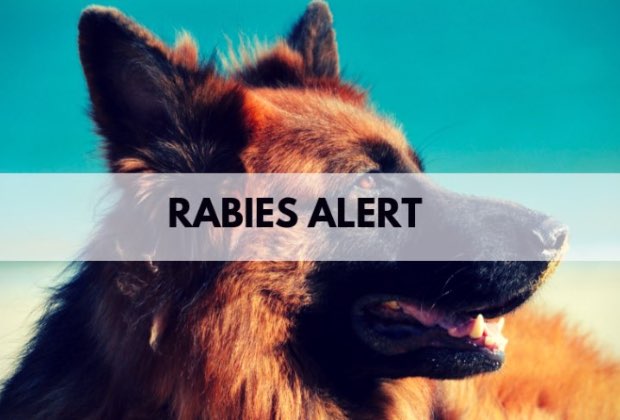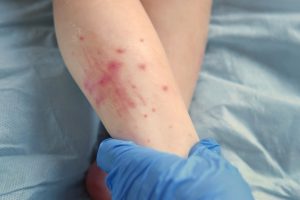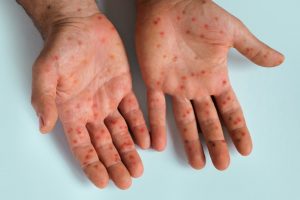In October and November 2021, six cases of human rabies were confirmed from the Eastern Cape (n=4), Kwa-Zulu Natal (n=1) and Limpopo (n=1) provinces. In addition, several suspected cases from these areas are under investigation at the time of this report. As of 23 November 2021, a total of seventeen laboratory-confirmed human rabies cases have been reported in South Africa. The latter were reported from Eastern Cape (n=9), KwaZulu-Natal (n=4) and Limpopo (n=4) provinces. Although cases are reported annually in South Africa, the occurrence of cases in these provinces has increased compared to previous years. This compares to eight laboratory-confirmed cases for 2020, ten for 2019, sixteen for 2018, six for 2017 and one for 2016. During these years cases were also mostly reported from the Eastern Cape, KwaZulu-Natal and Limpopo provinces.
The increased number of human cases is related to outbreaks of rabies in domestic dogs in the affected provinces. In the Eastern Cape, particularly the Nelson Mandela Bay and Buffalo City districts, more than 400 cases of rabies in dogs have been confirmed for 2021 up to 18 November. In KwaZulu Natal, the eThekwini and King Cetshwayo districts have been most affected with nearly 300 cases of rabies in dogs reported up to 18 November. The first occurrence of dog rabies cases in the Cape Town surrounds in decades have also been reported in recent months. A total of four dog cases were reported from Khayelitsha and Gordon’s Bay. No additional cases have been reported since mid-October 2021. To date, no human rabies cases have been reported from the Western Cape province.
What is rabies?
Rabies is a fatal viral infection of the brain. The virus is spread by contact with the infected saliva of a rabid animal. Humans can come into contact with the virus-laden saliva in different ways, for example bites and other wounds inflicted by these animals, but for example licked on the mucous membranes (i.e. eyes, nose, mouth) or on broken skin. Rabies has been an endemic disease in South Africa for many years. It is reported in various parts of the country involving different animal species. Known, ongoing cycles of rabies exist in domestic dogs, black-backed jackal, mongoose species and bat-eared fox in different locations of the country. Spillover to other wildlife and domestic species do occur infrequently. The number of cases of rabies in dogs in an area will fluctuate, mostly due to the level of vaccination of the dogs in a given area. Human rabies cases are most often associated with exposures to rabid domestic dogs. For more information on rabies, please visit the NICD website.
How is rabies controlled and prevented?
Rabies vaccination is available for domestic dogs and cats (sometimes other animals may also be vaccinated). This is the best available measure to prevent the infection in these animals and also prevent and/interrupt outbreaks of rabies. Dogs that are not fully vaccinated for rabies are susceptible to infection. Rabies vaccination may be available in your community through mass-vaccination campaigns by the provincial veterinary services and non-governmental non-profit organizations. Alternatively, rabies vaccination could also be accessed through private veterinary services.
If any animal is suspected to be rabid (for example animals that have unusual behaviour, hyper-salivation or signs of paralysis), contact your local or state veterinarian in order for the animal to be investigated. Do not approach or attempt to handle animals that are not known to you.
When possible exposures in humans do occur (for example through bites or scratches inflicted by a suspected rabid animal), all wounds must be washed thoroughly with soap and water. It is then crucial that rabies post-exposure prophylaxis is sought immediately at a healthcare facility to prevent the infection. Rabies post-exposure prophylaxis is considered a live-saving emergency intervention following possible rabies virus exposure. Rabies post-exposure prophylaxis entails thorough cleaning of the wound site/s followed by rabies vaccination and rabies immunoglobulin therapy. More details on rabies post-exposure prophylaxis are available from the NICD website.





